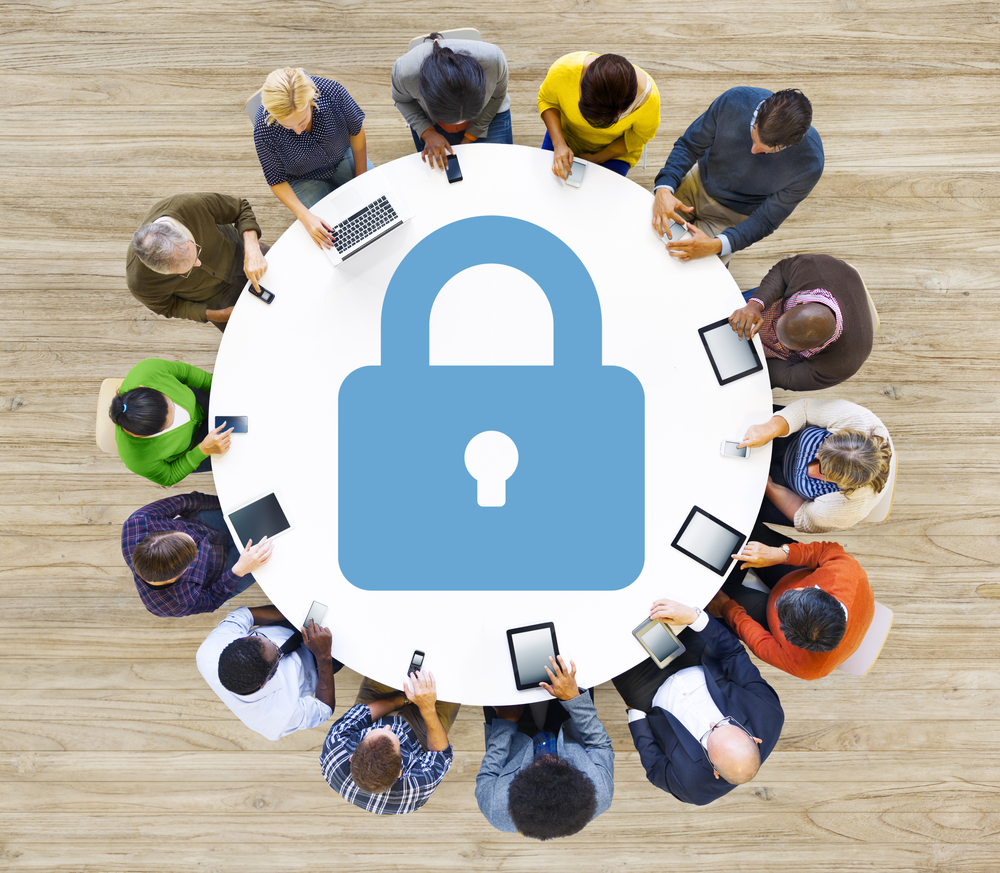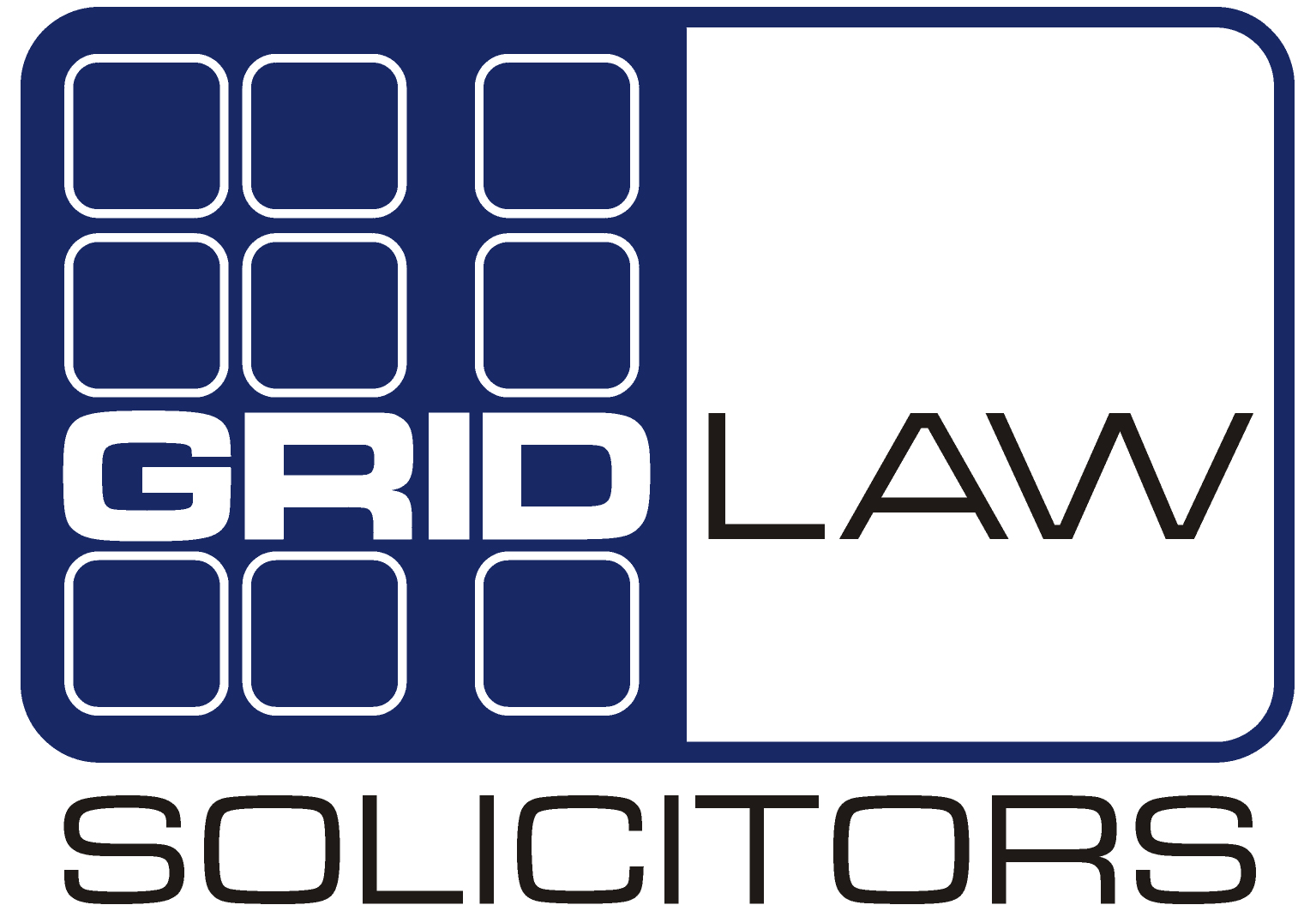
If you’ve read our previous blog, the DNA of NDA’s, you will understand the importance of confidentiality agreements (also known as NDA’s and Non-Disclosure Agreements) for protecting confidential information.
However, you should not rely solely on the confidentiality agreement to protect your confidential information because once confidentiality is lost, it’s gone forever. Therefore, you should also take practical steps to protect the information as far as possible.
Related content: Blog – The DNA of NDA’s – Are confidentiality agreements worth the paper they are written on?
Here are our seven top tips for protecting confidential information (in addition to entering into a confidentiality agreement!).
1. Know who you are disclosing information to.
If you have any concerns about their ability to keep your information confidential, don’t disclose it to them.
Even if you do know the identity of the recipient and you trust their ability to keep the information confidential, who are they disclosing the information too? Professional advisers should be fully aware of and understand their confidentiality obligations but other people, such as employees of the recipient may not. Be very clear about who can and cannot receive the information and ensure that anyone to whom the recipient discloses your information is also under a legal duty to keep it confidential.
2. Clearly label all confidential information as “confidential”.
This means writing “confidential” on documents or any folder you keep them in. If you are sending an email, make sure the title clearly identifies it as confidential.
When you hand documents to someone, tell them the information is confidential and that you’re disclosing it in accordance with the terms of the confidentiality agreement you have signed. If you are disclosing confidential and non-confidential information at the same time, keep it separate.
If you are discussing confidential information, make it clear that the information you are discussing is confidential and they should not repeat it.
3. Use passwords and encrypted files for electronic documents.
This will help prevent accidental disclosure or inquisitive eyes looking at something they shouldn’t! The strength of the password or level of encryption will obviously vary depending on the sensitivity of the information, and please, ensure only authorised individuals know the password!
4. Provide initial and ongoing advice to individuals.
When it comes to dealing with confidential information, don’t assume that everyone knows what he or she should be doing. Clearly explain what can and cannot be done with the information and the steps they should take to protect it.
5. Keep records of what information has been disclosed.
Always keep records of what confidential information you have disclosed to a recipient and when. This is important because it will help you to trace any unauthorised disclosures of the information. Also, if you require your information to be returned or destroyed at the end of the agreement you can ensure that has been done.
6. Provide hard copies instead of electronic documents.
Electronic documents are easy to replicate and distribute at the touch of a button. This isn’t so easy for a paper document so instead, you could hand out copies of a confidential document in a meeting. The attendees can then review them and you can collect them at the end of the meeting without any unauthorised copies having been taken.
7. Create a data room.
This is a common method of protecting confidential information during the sale of a business. All the information is kept in one place and potential purchasers are able to enter the room to review it. Virtual or electronic data rooms can also be used.
Never be complacent when it comes to dealing with confidential information or think you can rely solely on a non-disclosure agreement to protect you. Common sense should always prevail and if you follow our seven top tips for protecting confidential information, your information should remain secure.
If you need a confidentiality agreement for your business, please take a look at our Confidentiality Toolkit.

